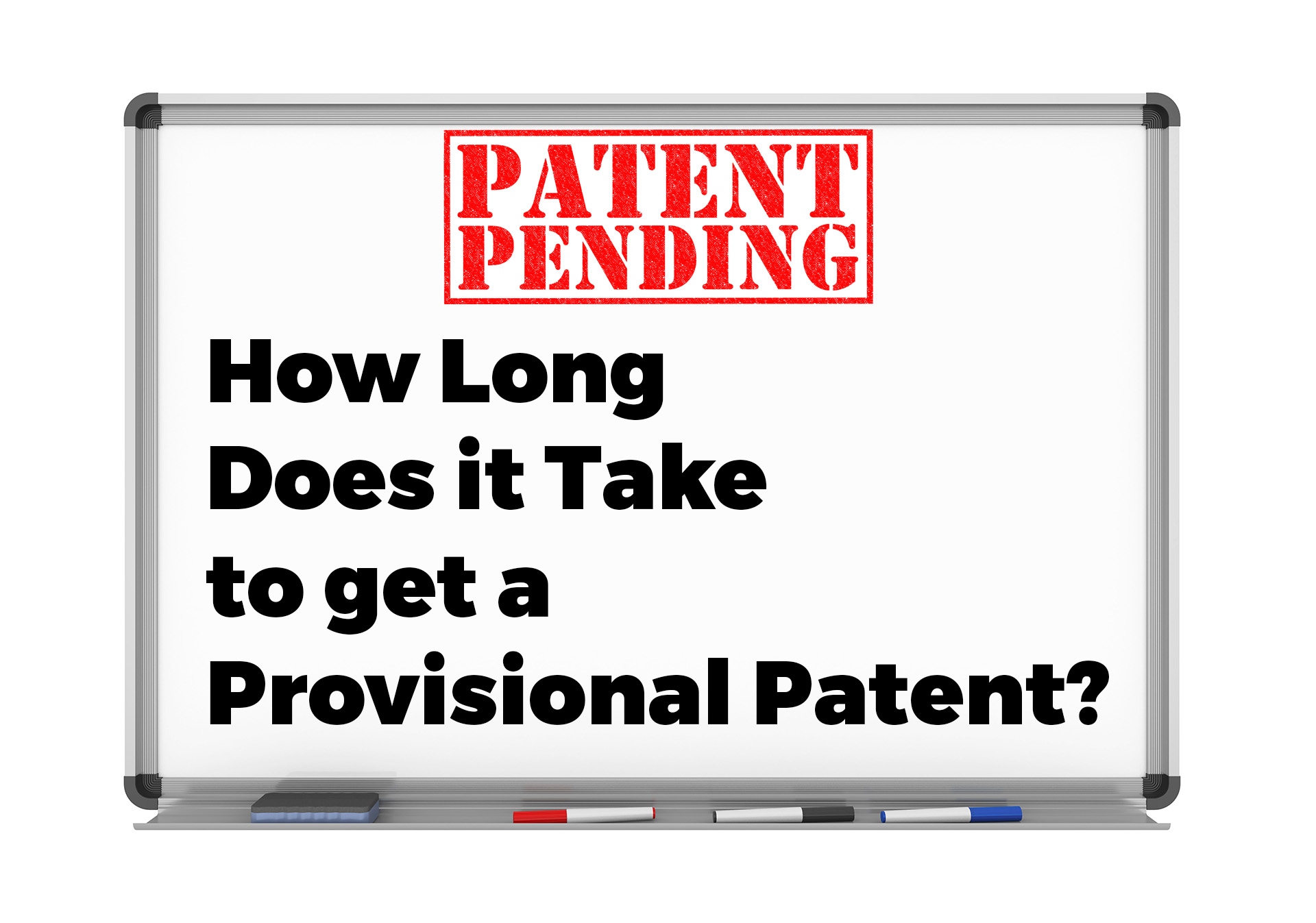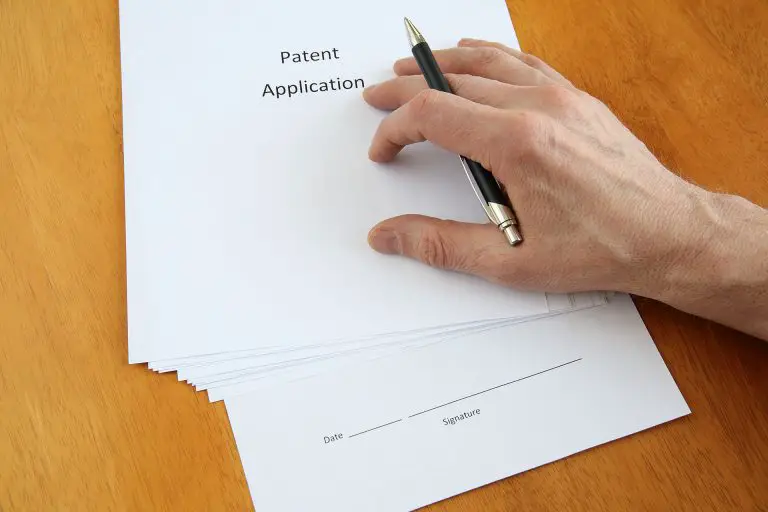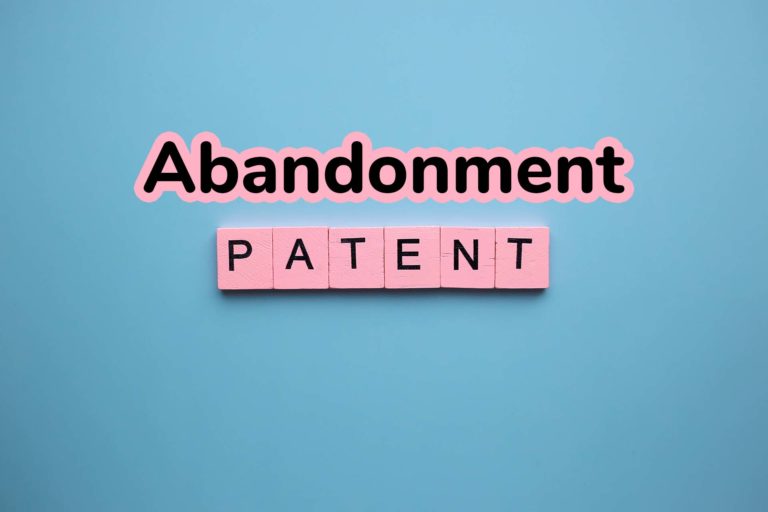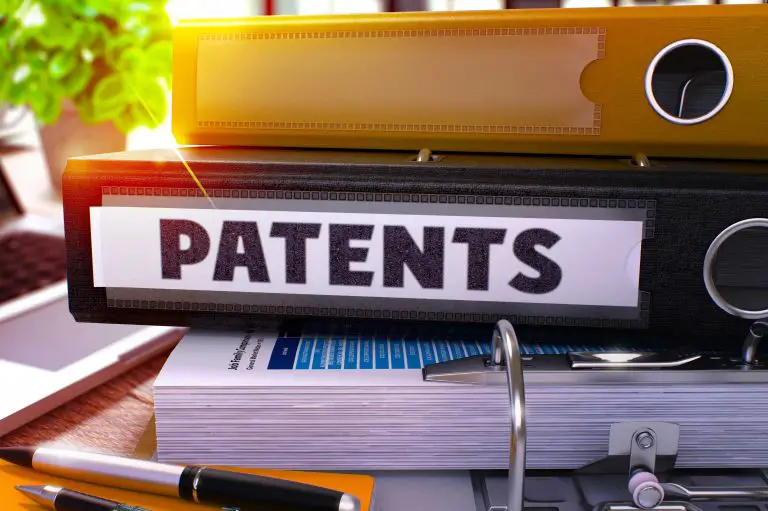How Long Does a Provisional Patent Take to Get?
Whether you’ve finished working on your invention or you’re still working on it, you might be wondering about protecting it with a provisional patent. We are here to tell you that although there is no such thing as a provisional patent, you’re probably referring to filing a provisional patent application. A provisional patent application is often referred to as a provisional patent. How long does it take to file a provisional patent application? We will answer this below.
How Long Does a Provisional Patent Take to Get?
As we previously mentioned, there is no such thing as a provisional patent, but inventors can file a provisional patent application to obtain a priority date for their invention. You can apply for a provisional patent application as soon as you can explain how your invention works and how it can be used. You do not need to have a working prototype of your invention to file a provisional patent application. So, how long it takes to file a provisional patent application depends on how quickly you can prepare and file a provisional patent application with the USPTO. Here is an awesome and detailed guide on how to file a provisional patent.
To get a provisional patent application, you need to be able to describe your invention, how it works, and how it’s made. You will also need to disclose basic information, such as the name of the inventor, his home address, and the correspondence address to file a provisional patent application. Also, you’ll need to pay a small filing fee to file a provisional patent application.
Once you’ve filed a properly prepared provisional patent application, you’ll be able to market your invention or product as patent pending.
The most important reason that inventors opt to file a provisional patent is to obtain an early filing date for their invention. This protects the inventor from other inventors who may file a patent application for the same invention.
By obtaining an early filing date, the inventor’s invention will have priority over them, meaning if the inventor’s invention meets the patenting requirement, he will get the patent and subsequent filers won’t be able to patent the same invention. Said differently, a provisional application saves a place in line for your invention, the first invention in line gets the patent, while other invention that are the same are booted.
Obtaining an early filing date for an invention is very important in the United States because the U.S has a “first to file rule” that awards the patent to the inventor that first files a patent application and not necessarily to the first person who invents an invention.
Do Provisional Patents Offer Protection?
Provisional patents (correctly known as filed provisional patent application) do not grant the inventor patent rights. This means that while a patent application is pending, an inventor or applicant does not have any patent rights to enforce against others, meaning an applicant cannot restrict others from using, making, selling, and importing the patent-pending invention to the United States.
Applicants only obtain the right to control who uses, makes, or sells their invention after the patent office grants their patent application.
Since filing a provisional patent application does not grant an inventor the right to restrict others from using, making, and selling his invention, inventors cannot sue parties that use or sell his invention without his permission. So, if you’re an inventor, it’s very important that you patent your invention as quickly as possible so that you can control who uses, makes, and sells your invention.
That said, adding the words patent pending should fend off bad actors from copying your invention because it signals to them that you’re in the process of obtaining patent protection for your invention or product. However, including the designation does not guarantee that no one will copy your invention and sell it.
Having said that, if someone copies your invention and sells it, you may stop them from doing so if the patent office grants your patent. You can bring a lawsuit for patent infringement against them.
Filing a Nonprovisional Patent Application Within 1 Year of Your Provisional Patent Application
Although a provisional patent application reserves an early filing date for an inventor’s invention, it does not turn into a patent. A provisional patent application just reserves a filing date, to obtain a patent, an inventor must file a nonprovisional patent application within 12 months of filing his provisional application.
The second, but rarely used option an inventor has is to convert his provisional patent application into a nonprovisional patent application, but filing a petition to convert instead of filing a nonprovisional patent application that references an earlier filed provisional application, is that an inventor loses the benefit of an earlier filing date by converting his provisional application.
If an inventor fails to file a regular, nonprovisional patent application within the 12 month grace period, his provisional application will be abandoned and he will lose the early filing date obtained by filing his provisional application.
What Do Inventors Do After Filing a Provisional Application
During the 12 month period following filing a provisional patent application, some inventors choose to pitch their inventions to investors who are interested in purchasing the rights to an invention either as patent-pending or as a granted patent. Some inventors look for licensing opportunities to license their inventions or products for others to use in exchange for a licensing fee or agreed upon royalty.
Some inventors have often not finished working on their invention, so they use the 12 month period to continue working on their invention, working out any kinks, and perfecting it so that they can describe it as accurately as possible in their regular, nonprovisional utility patent application.
For some inventors, the 12 month grace period allows inventors to take the time to prepare their nonprovisional patent application without having to worry about another party patenting their invention.
Again, a provisional application if prepared properly reserves an invention’s place in line and gives the applicant’s invention priority over other inventions that are the same.
Requirements to Get a Patent After Filing a Provisional Patent Application
If an inventor wants to patent his invention, he must file a nonprovisional patent application within 12 months of filing a provisional patent application. However, for an inventor to benefit from the early filing date of his provisional application, the description of the invention in the nonprovisional patent application must match the description the inventor provided in his provisional application.
If the patent examiner determines that the descriptions don’t match, he will not allow the inventor to benefit from the earlier filed provisional application. On the other hand, if the invention described in the regular patent application matches the description of the invention in the provisional application, the patent examiner will proceed with the patent application.
Frequently Asked Questions
1) How long does a provisional patent last?
A provisional patent application gives inventors a 12 month grace period during which to file a nonprovisional (regular) utility patent application. After an inventor files a provisional patent application, he can market his invention as patent pending. He can also use patent-pending status to attract potential investors.
2) How to Get a Patent Pending?
The quickest, cheapest, and easiest way to get a patent-pending is by filing a provisional patent application with the USPTO. By filing a provisional application with the patent office, inventors and applicants can immediately begin marketing their product as patent pending. They can include the designation on the product itself, its packaging, and its accompanying materials.
3) How much does it cost to get a patent pending?
The USPTO charges applicants who are classified as micro-entities $70 to file a provisional patent application, small entities are charged $140 to file a provisional application, and large entities are charged $280. That said, it’s wise to hire an attorney to assist you with the preparation of your provisional patent application. Attorneys typically charge anywhere between $2,500 to $3,500 to prepare and file a provisional application. However, you have to take into consideration that attorney fees vary greatly, depending on the complexity of your invention and where you attorney is located.
4) How long does it take to get a patent?
According to numbers from the USPTO, it currently takes inventors approximately 24 months to get their invention patented from the time they file their regular, nonprovisional patent application with the patent office. That said, the amount of time it takes for your individual application may be different depending on how well your application is drafted and the complexity of your invention. You should contact your attorney and ask them about your specific patent application.
How Long Does it Take to Get a Provisional Patent?
Inventors can get a provisional patent as quickly as they can prepare and file a provisional patent application. Filing a provisional patent application with the USPTO is fairly straightforward, easy, and inexpensive. However, applicants should hire an attorney to prepare and file a provisional patent for them. Making even seemingly minor mistakes in a provisional application could cause trouble down the road when the time comes to file a nonprovisional patent application. That said, if you have any general questions or comments, please feel free to leave them in the comments section below.








